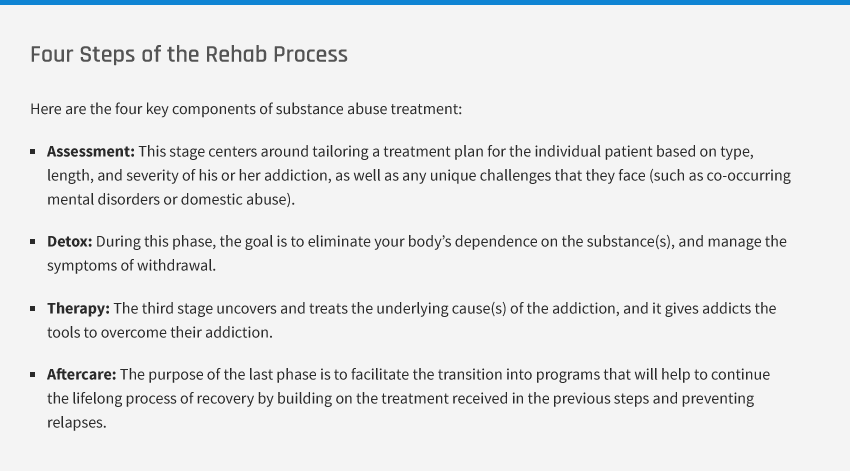Cocaine, and thus crack cocaine, is a Schedule II substance under the Controlled Substances Act. Schedule II substances are considered to be those with limited medical use that also have a high potential to be abused and create addiction. Cocaine in crack form doesn’t have medicinal use, but cocaine itself does, which is why this illicit drug falls under the Schedule II category. According to data from the United Nations Office on Drugs and Crime’s World Drug Report, cocaine use is prevalent in most nations on four continents: North and South America, Europe, and Australia. It’s also prevalent in certain areas of Africa, specifically South Africa, Nigeria, and Kenya.
Crack cocaine addiction can be difficult from which to recover, due in part to how the drug interacts with the body and brain. Cocaine changes the way the brain manages dopamine, which is a hormone that causes you to feel pleasure. Normally, the body recycles dopamine to keep it at appropriate levels, given natural responses to the environment and situation. However, cocaine turns off the processes that manage this recycling, so dopamine builds up in the system, creating unnatural and intense pleasure responses.
The human body is designed, in part, on a risk and reward system. The brain and body have a natural tendency to keep doing things that feel good. In a healthy situation, that might be exercise, eating right, or engaging in appropriate social interactions. For individuals addicted to crack cocaine, however, what feels good is using more of the drug, and the brain and body may no longer feel natural pleasures related to other activities.


